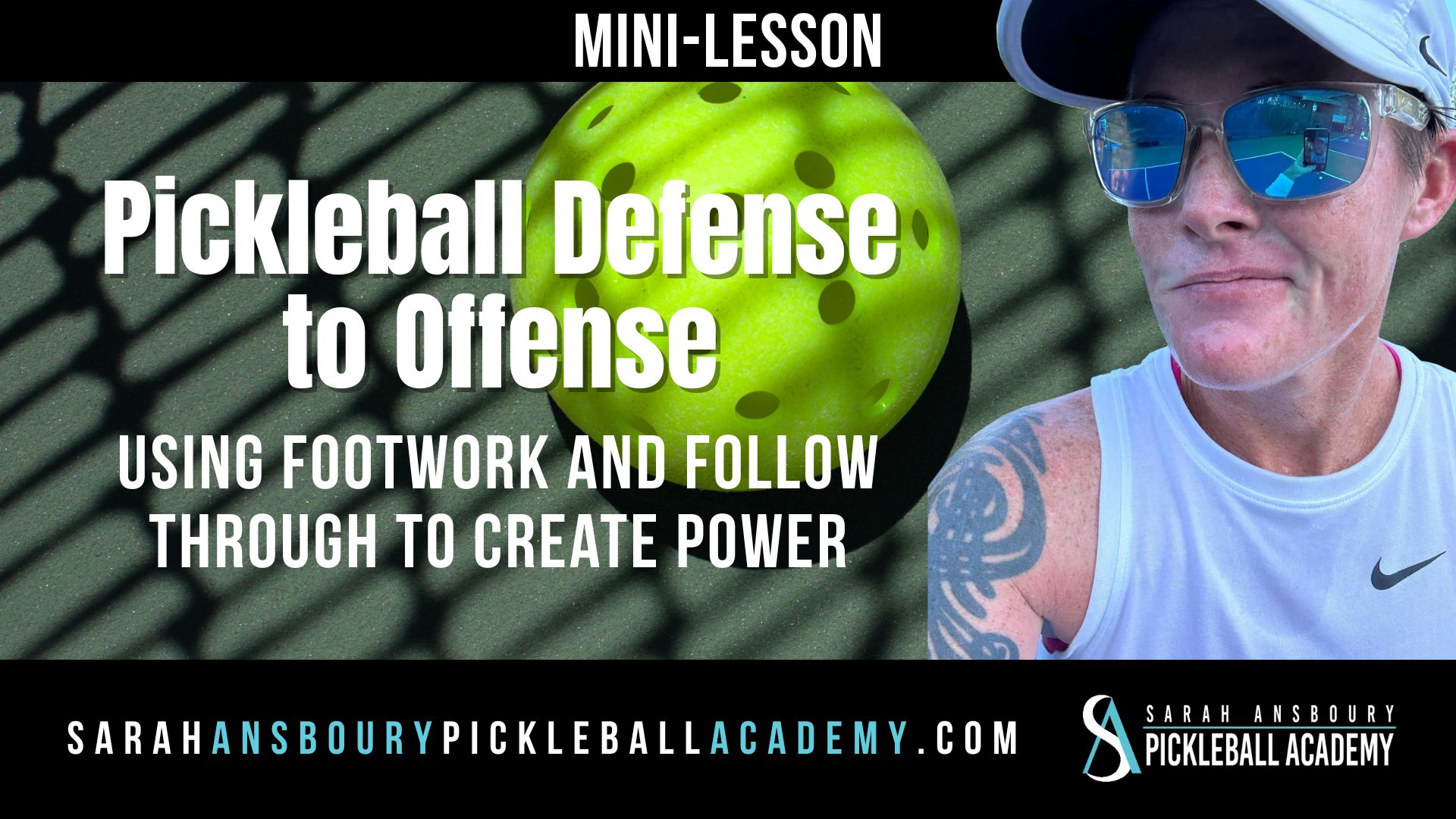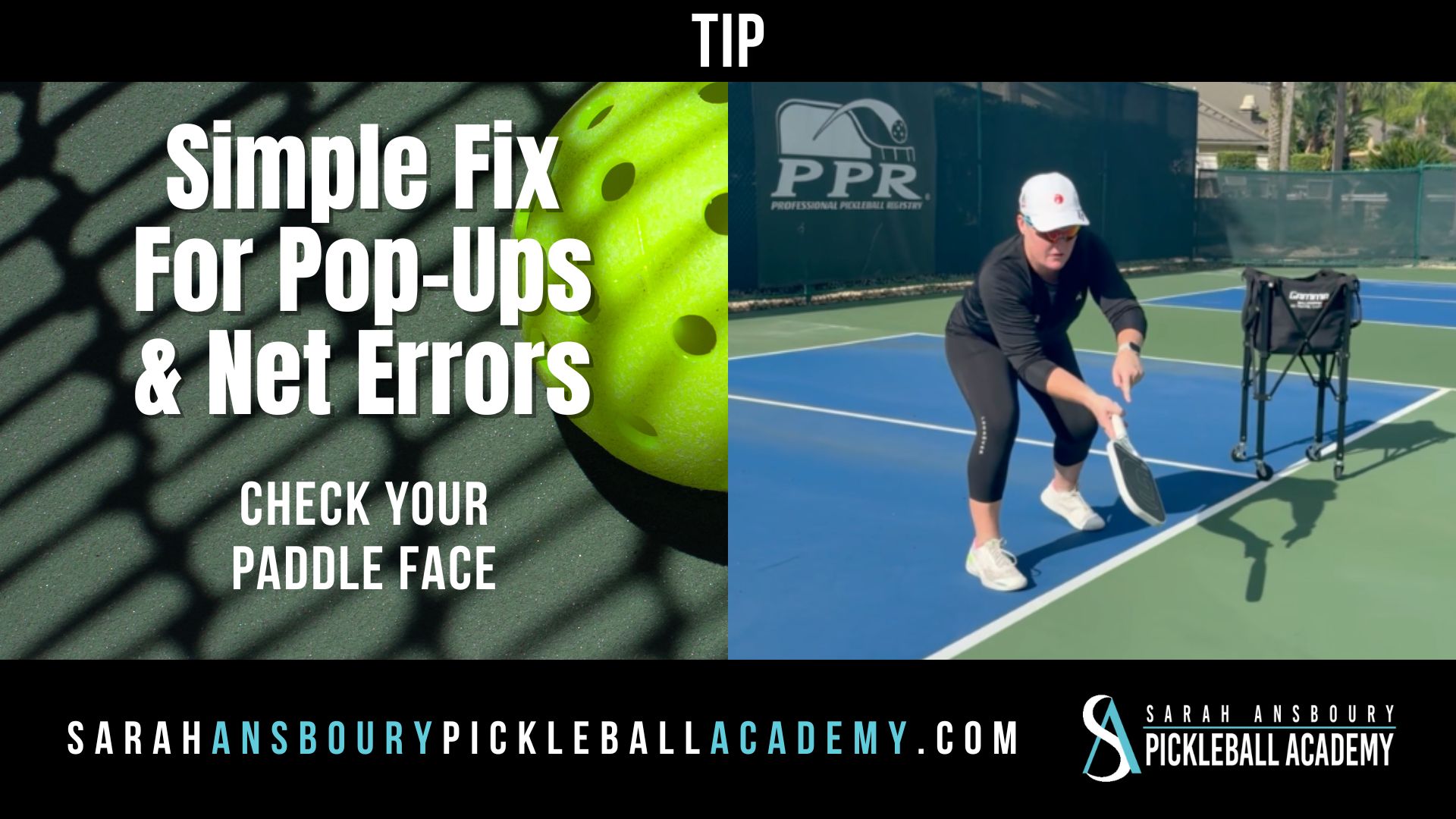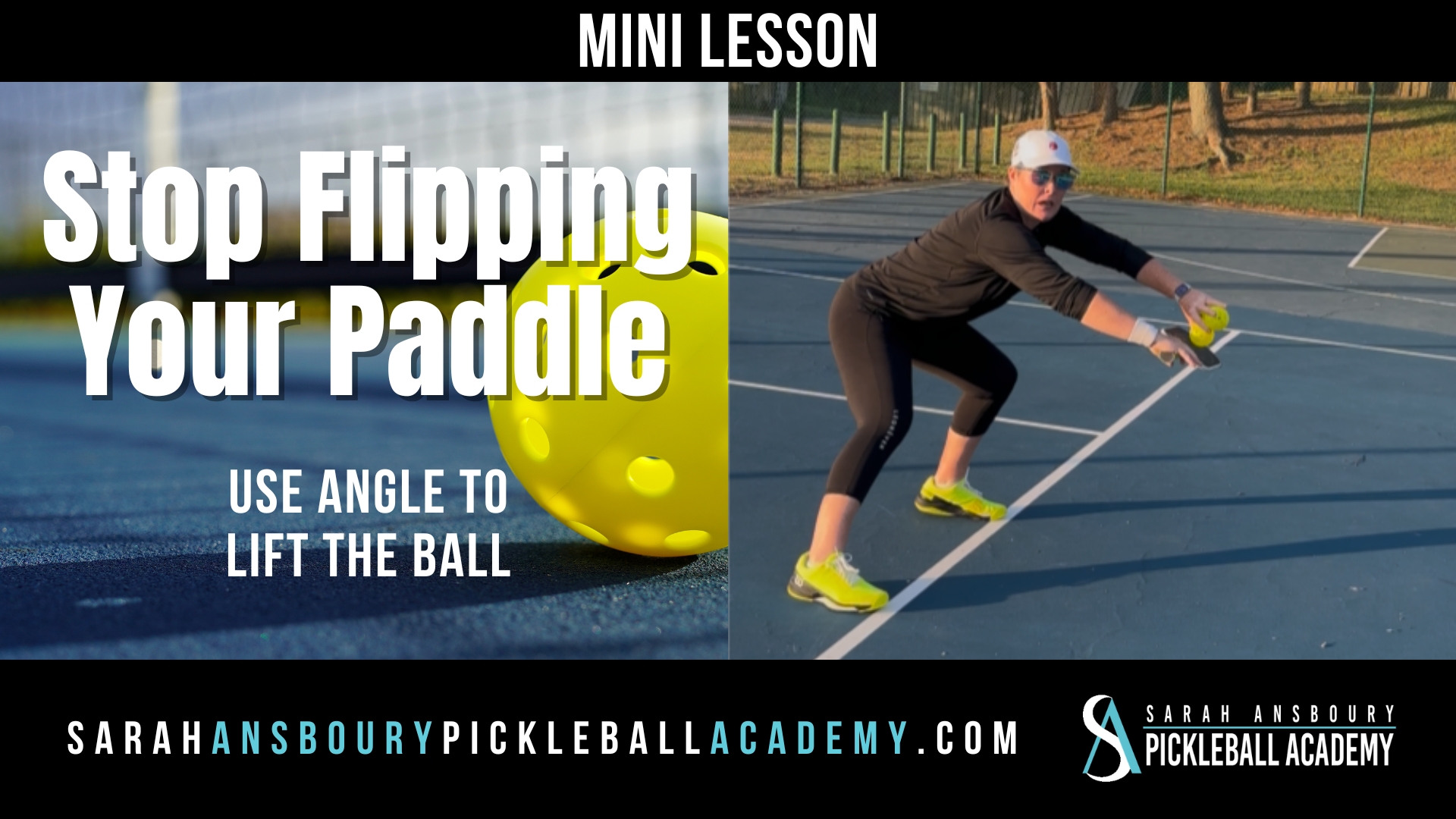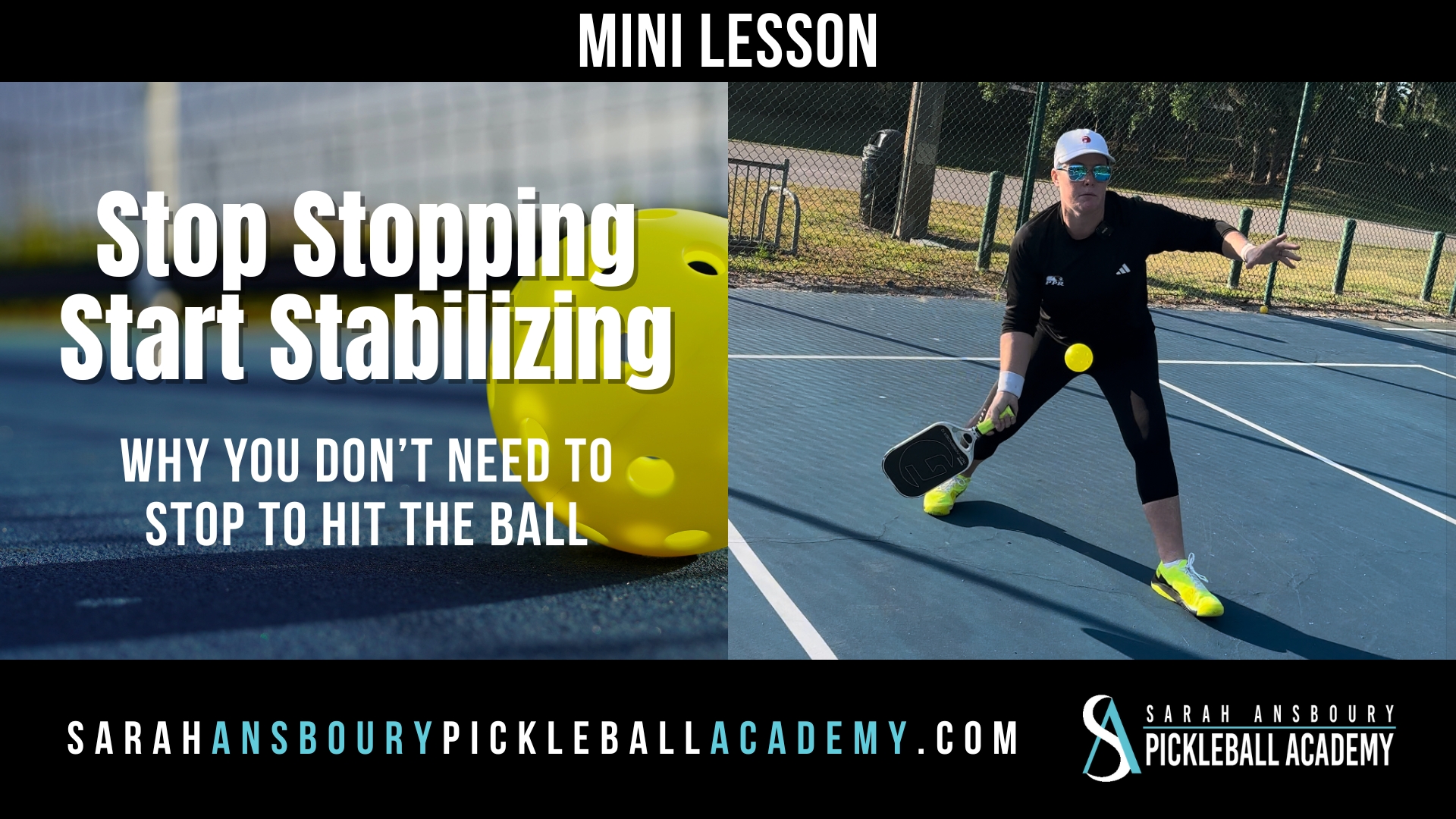I recently released my third ebook, the focus of which is pickleball strategies. Today we will focus on pickleball patterns, as these patterns or plays support the strategies we choose to execute.
Getting to the Line
We all know that getting to the non-volley zone line is an essential pickleball strategy. In fact, when one team captures the line while the other does not, there is a +80% chance that the team at the NVZ line will win the point. We also know that the team that is serving will have a more difficult time getting to the line. The receiving team already has one player at the non-volley zone line and assuming the person returning serve hits a deep return, they can easily walk 15′ or less.
To offset this advantage the serving team will often hit a third shot drop. But where should this shot be hit? Well, it all comes down to the strategy you and your partner have agreed upon. If, for example, your partner feels good about his or her ability to cover the center of the court then you might select a pattern that allows your partner to poach on the fifth shot.
Learning the Third Shot Cross-Court
When teaching someone to hit the third shot, I encourage them to first learn to hit it cross court. I realize many instructors encourage students to hit it to the center because the net is lower and it provides a wide margin of error left to right. But I don’t agree. I believe if you can learn to hit to the center, you can learn to hit a few feet further right or left. Keep in mind, I am not suggesting you aim for the sidelines. But instead aim about 2-3′ inside the sideline, close to the opposing player’s outside foot.
encourage students to hit it to the center because the net is lower and it provides a wide margin of error left to right. But I don’t agree. I believe if you can learn to hit to the center, you can learn to hit a few feet further right or left. Keep in mind, I am not suggesting you aim for the sidelines. But instead aim about 2-3′ inside the sideline, close to the opposing player’s outside foot.
By learning to hit a cross-court third shot you are:
- Still hitting over the lower part of the net;
- Have a few more feet for the ball to travel providing you more time to get to the line; and
- Learning a shot that supports a pickleball pattern you will again and again.
- As shown in the picture to the right, you might also be hitting to their backhand.
Third shot cross-court, Fifth Shot Poach
If I have a right-handed partner that enjoys being aggressive and feels good about his or her ability to cover the center than we might agree to use the pickleball pattern I call “third shot cross-court, fifth shot poach”. For this pattern, I am serving from the even court and my partner is in the odd or left court. If the return of serve comes to me, I will attempt to hit the third shot to the outer third of the non-volley zone cross court. My partner knows this and he knows that the most likely trajectory of the ball coming back to us, the fourth shot, is again cross court.
With this knowledge, he can anticipate that shot and if it is just a bit too high he can attempt to poach…hitting a swing volley to the back center of our opponents’ court. Rather than just reacting to what our opponent does, pickleball patterns enable us to cause our opponent to hit an attackable ball. When this pickleball pattern works as planned, we will most likely win the point and win it early.
When Things don’t go as Planned
Of course, I might not hit the best third shot drop every time. We are all human and have to accept that not everything goes as planned. But the mere fact that my partner knows what I intend to do, puts him in a better position to react. Of course, there are times when our strategy isn’t working and the pickleball patterns we have agreed on before the match just aren’t working. Join me again next week, to learn more….










